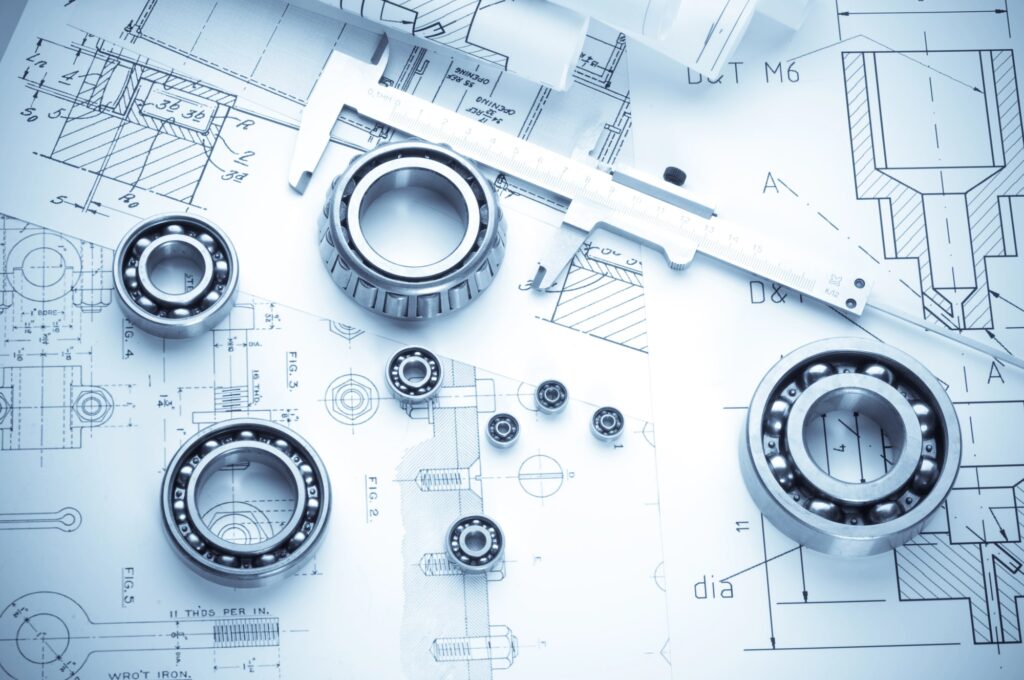Recently, a group of talented architecture students from Poland captivated the global design community by earning first place in the prestigious 2025 Edmund N. Bacon International Urban Design Competition.
Their project, “Urban Arcade,” is a forward-thinking urban revitalization plan that reimagines downtown Philadelphia’s neglected “Disney Hole” area. With innovative integrations of artificial intelligence (AI) and community-focused designs, the students from the Silesian University of Technology have set a new benchmark for how we approach urban planning challenges in the 21st century.
The Vision Behind “Urban Arcade”
At its heart, the winning project tackles long-standing issues in urban design such as underutilized spaces, environmental challenges, and community disconnection.
Leveraging AI as a co-creator, the students—Dorota Cichoń, Aleksandra Chylak, Oliwia Jagła, and Karolina Supron—designed solutions that bridge modern technology with traditional human-centric design philosophies.
Their proposal not only revitalizes an undeveloped urban void but also reimagines the role of architects in a tech-driven world.
The Challenge of “The Disney Hole”
“The Disney Hole” is an infamous vacant lot in the heart of Philadelphia, a space that has long been seen as an eyesore and missed opportunity in the city’s urban landscape.
The Polish students identified this gap as the perfect canvas for their ideas. By focusing on creating a multifunctional, community-oriented development, the team turned this underwhelming area into a vibrant hub of activity.
Book Your Dream Vacation Today
Flights | Hotels | Vacation Rentals | Rental Cars | Experiences
How Artificial Intelligence Informed the Design
One of the most groundbreaking aspects of “Urban Arcade” is the integration of AI to optimize urban planning decisions.
The students created a system that analyzed spatial and programmatic relationships to determine the most effective placement of various urban functions.
Much like strategizing in a ship game, their AI tool processed complex datasets to recommend solutions that would maximize usability and efficiency in the space.
By incorporating AI into the design workflow, the project represents a paradigm shift in architecture and engineering. It illustrates what’s possible when human creativity partners with machine precision, offering architects a new way to approach complex design challenges.
Sustainable and Sensible Urban Solutions
A critical component of “Urban Arcade” is its strategy to address modern urban challenges. The project features:
- Green Terraces: These terraces not only beautify the area but also mitigate overheating issues caused by urban heat islands.
- Acoustic Panels: Noise pollution in bustling city centers is a widespread problem, and the team’s innovative use of sound-dampening panels ensures a quieter, more comfortable environment for residents and visitors.
- Locally Inspired Facades: Drawing inspiration from the surrounding buildings, the facade design integrates harmoniously with the existing urban fabric, preserving Philadelphia’s architectural identity while infusing it with a contemporary edge.
Reimagining Community Spaces
“Urban Arcade” isn’t just about advanced technology—it’s deeply rooted in enhancing community connectivity and usability.
The project introduces a pedestrian-friendly woonerf, a hallmark of European urban design, which promotes safer and more engaging street life. In this space, locals can interact, relax, and build stronger social networks.
A Gaming Twist at the Transit Center
One standout feature of the development is its multi-level transfer center. Located on level -1 and linked to the subway, the station elevates the commuting experience by incorporating arcade games.
This imaginative detail transforms waiting time into an enjoyable activity, encouraging users to see transportation hubs as more than just functional spaces—they become lively extensions of urban life.
Shaping the Future of Urban Design
The triumph of the “Urban Arcade” project goes far beyond the accolades received in the Edmund N. Bacon International Urban Design Competition.
It symbolizes a shift in how future urban designers may approach their craft. By embracing technologies like artificial intelligence while staying grounded in sustainable, human-centric principles, the Polish team showcased the collaborative potential of man and machine in reshaping cities.
A Glimpse of the Awards Gala
The four students—now international ambassadors for the future of urban architecture—will present their project at an awards gala in Philadelphia on March 26, 2025. Their work exemplifies what the next generation of architects and engineers can achieve when bold innovation meets thoughtful design.
Final Thoughts
“Urban Arcade” is a testament to the evolving landscape of architecture and urban planning. It harmonizes nature, community, and technology in ways that few projects dare to imagine. It offers a solution that is as functional as it is beautiful.
As the global conversation around sustainable and inclusive urban design grows louder, the work of these extraordinary students will undoubtedly serve as an inspiration for architects, engineers, and urban planners worldwide.
Here is the source article for this story: Polish students triumph in international urban planning competition in Philadelphia!
Book Your Dream Vacation Today
Flights | Hotels | Vacation Rentals | Rental Cars | Experiences

